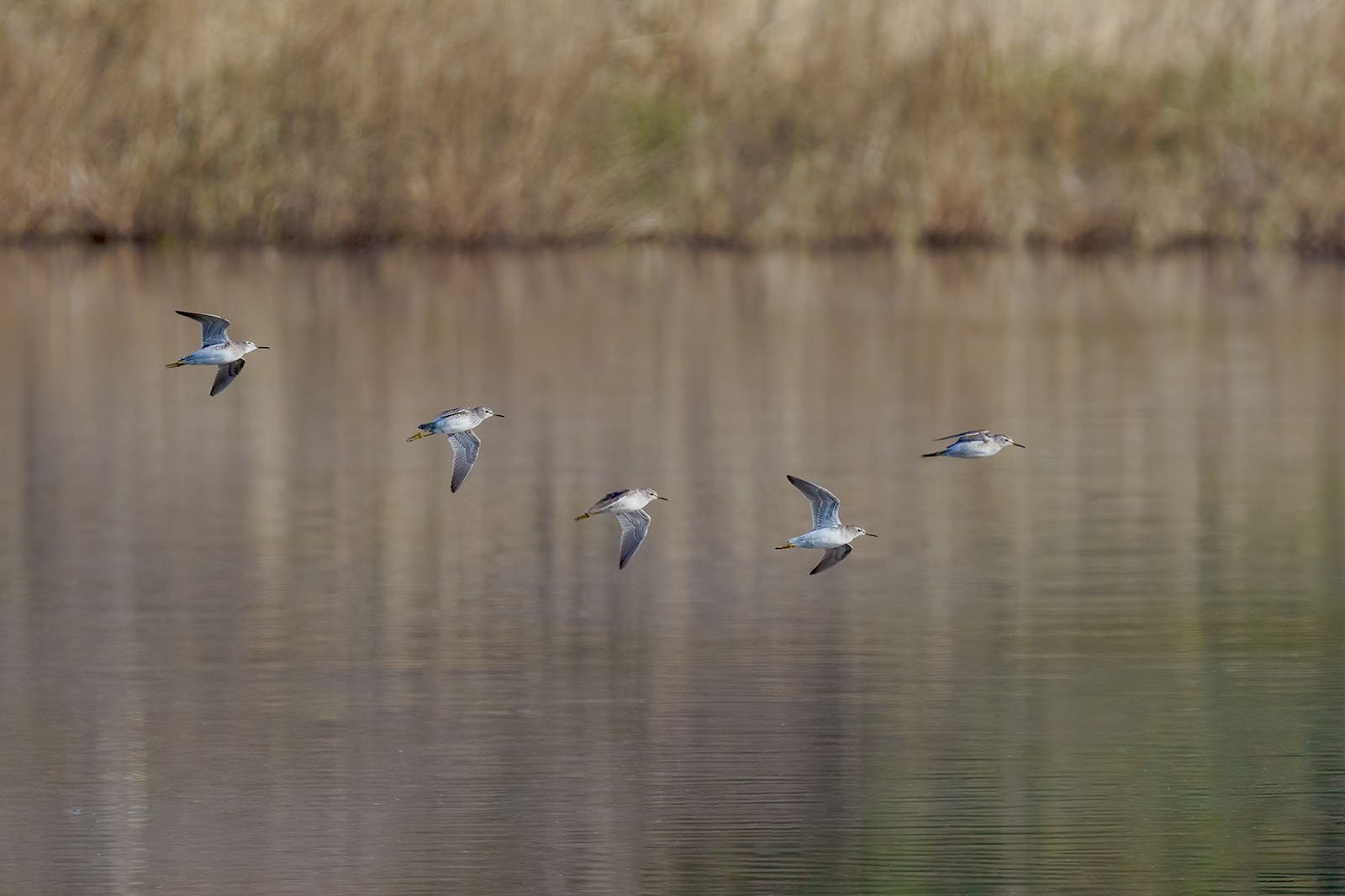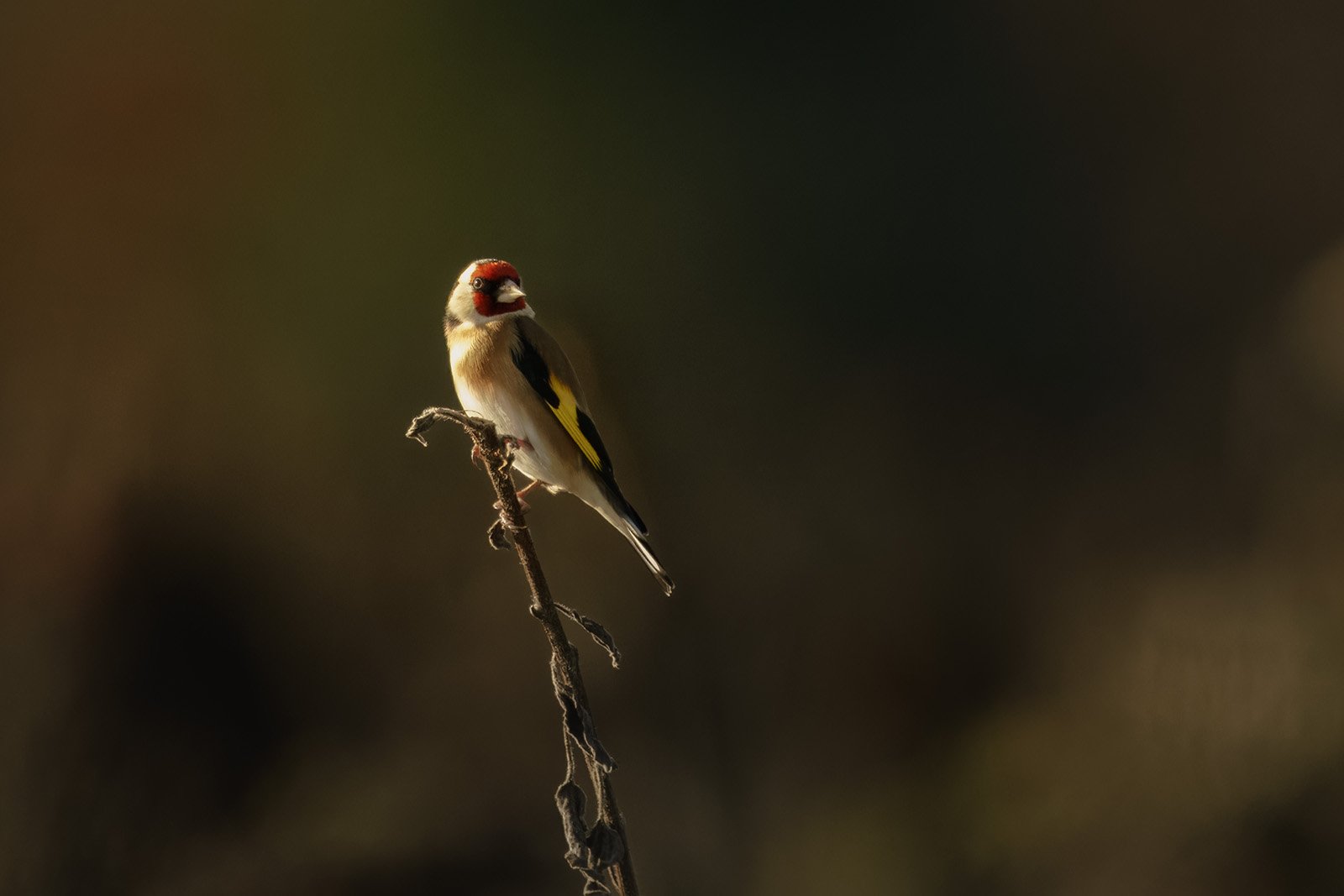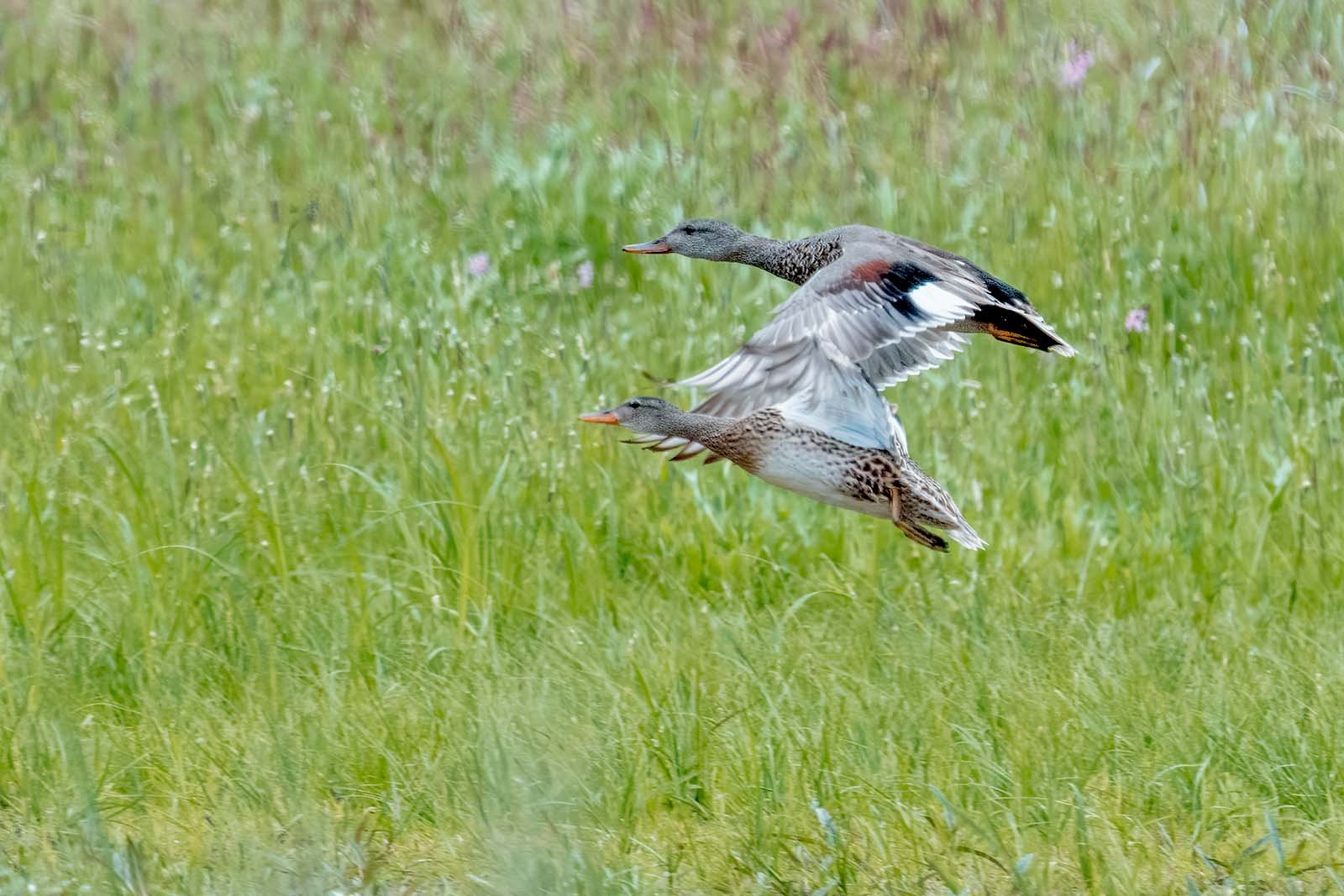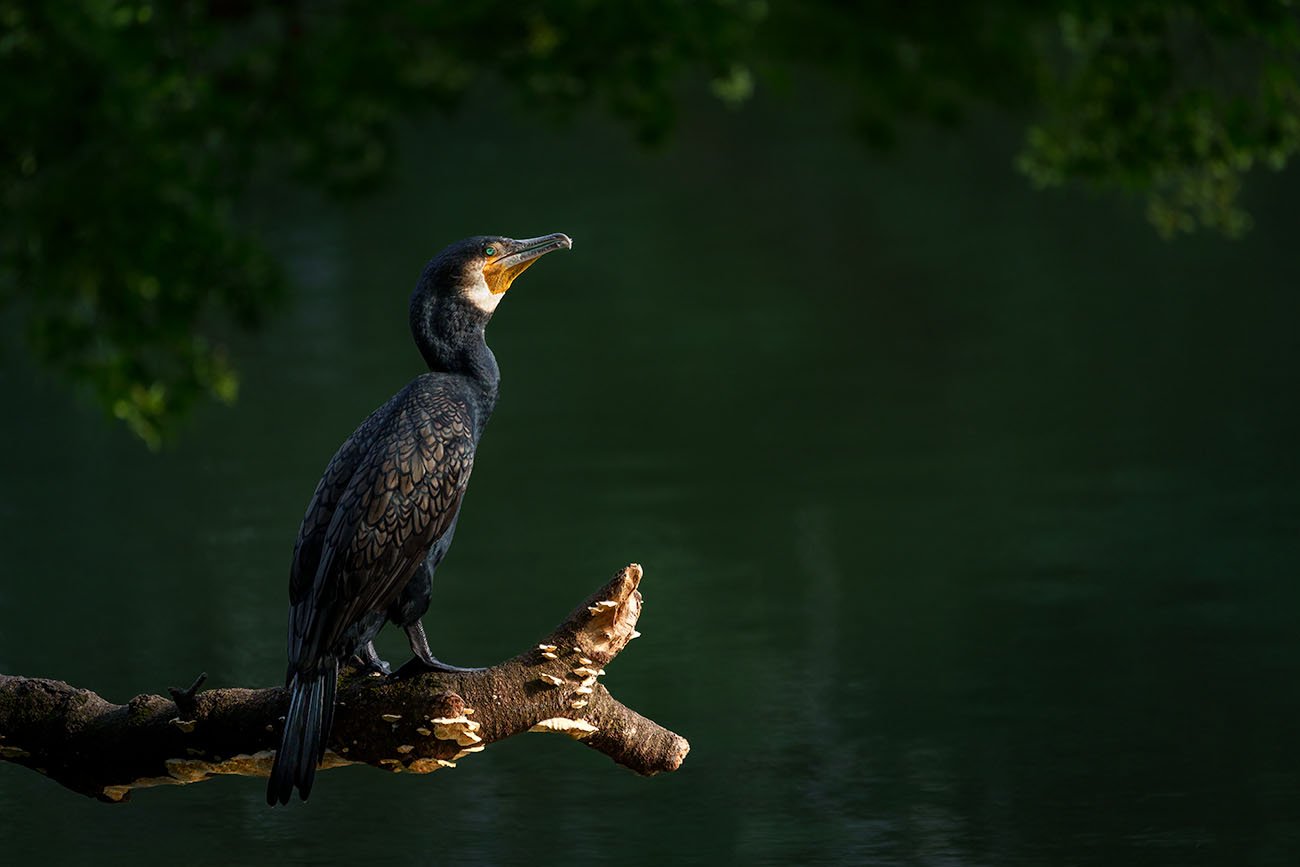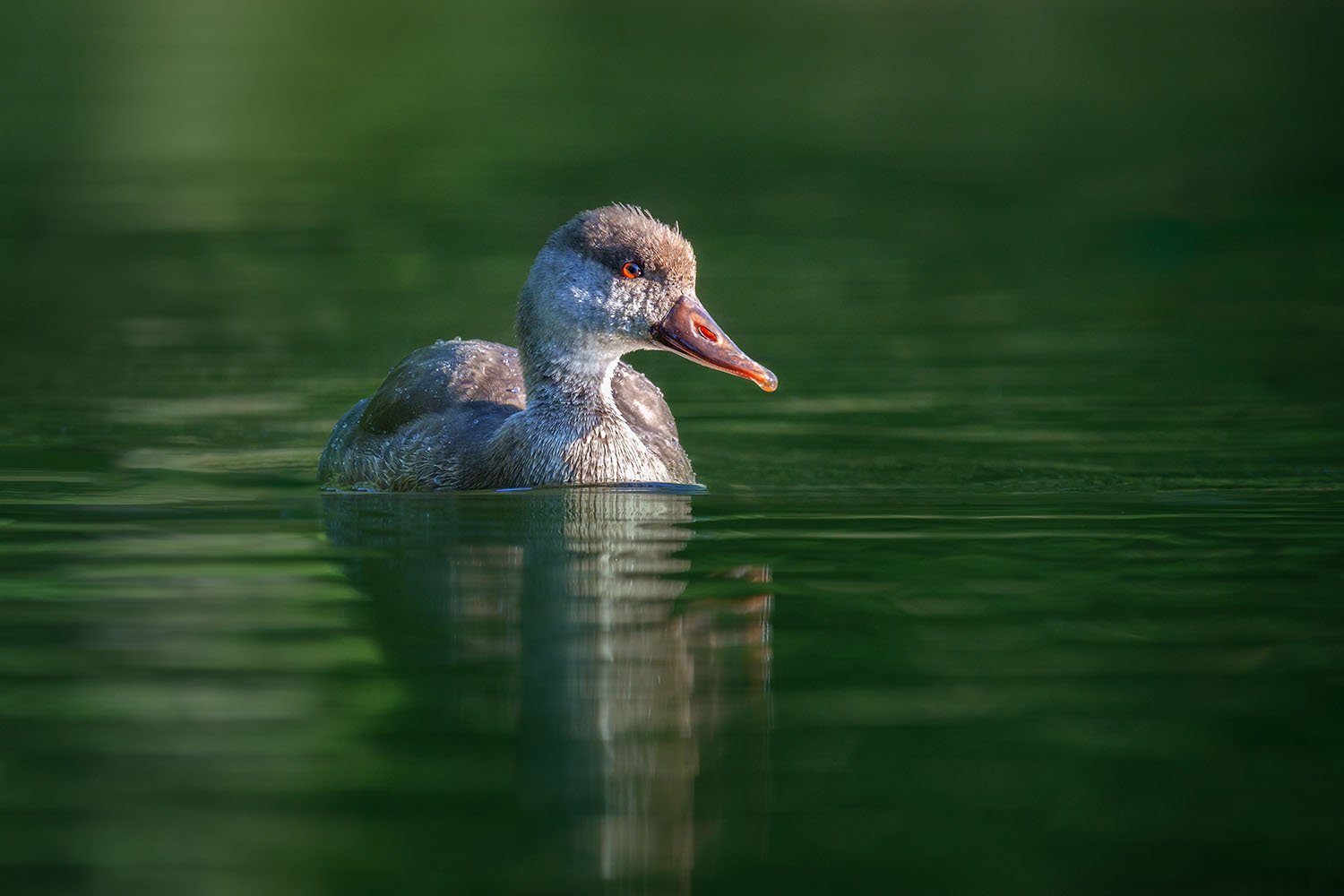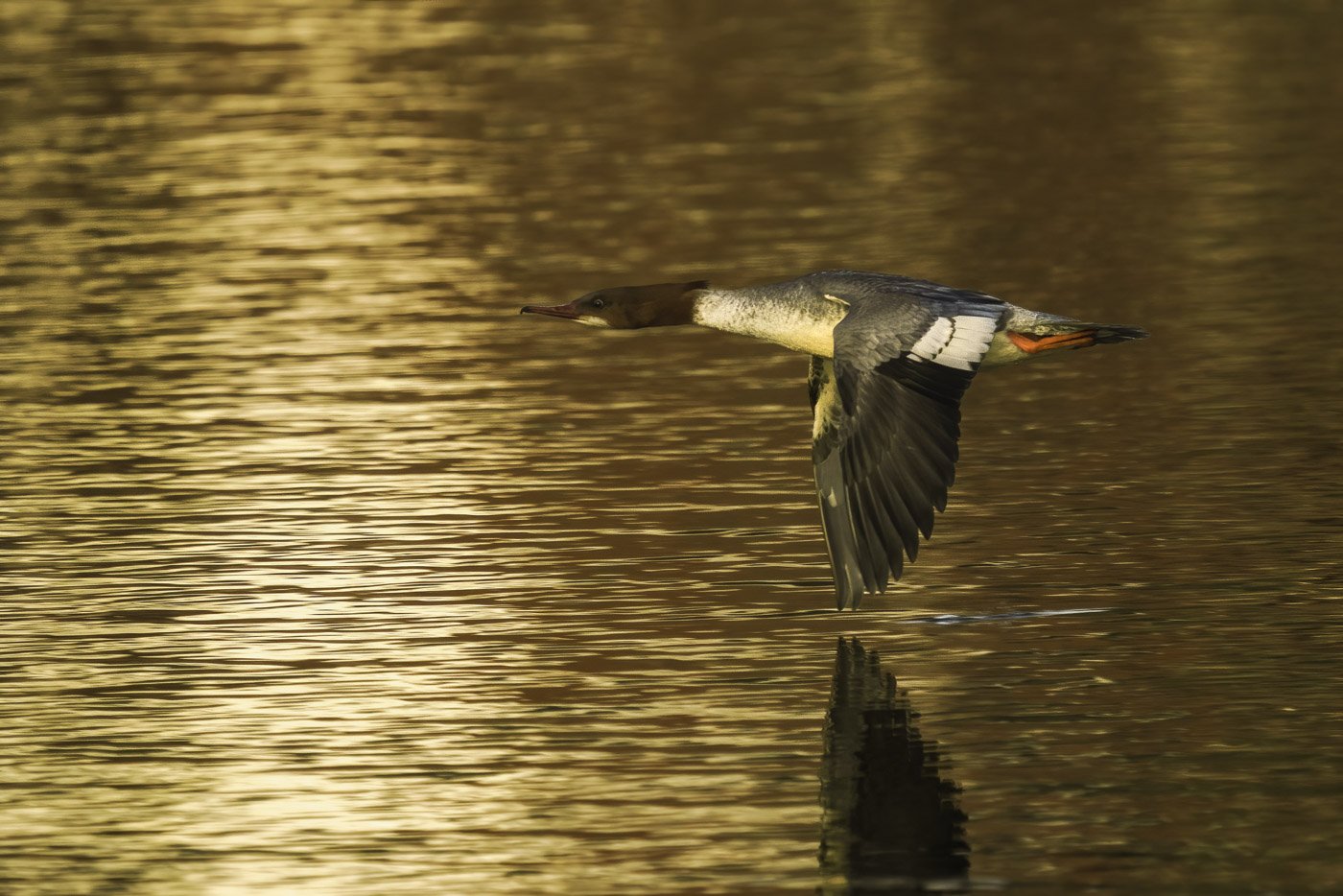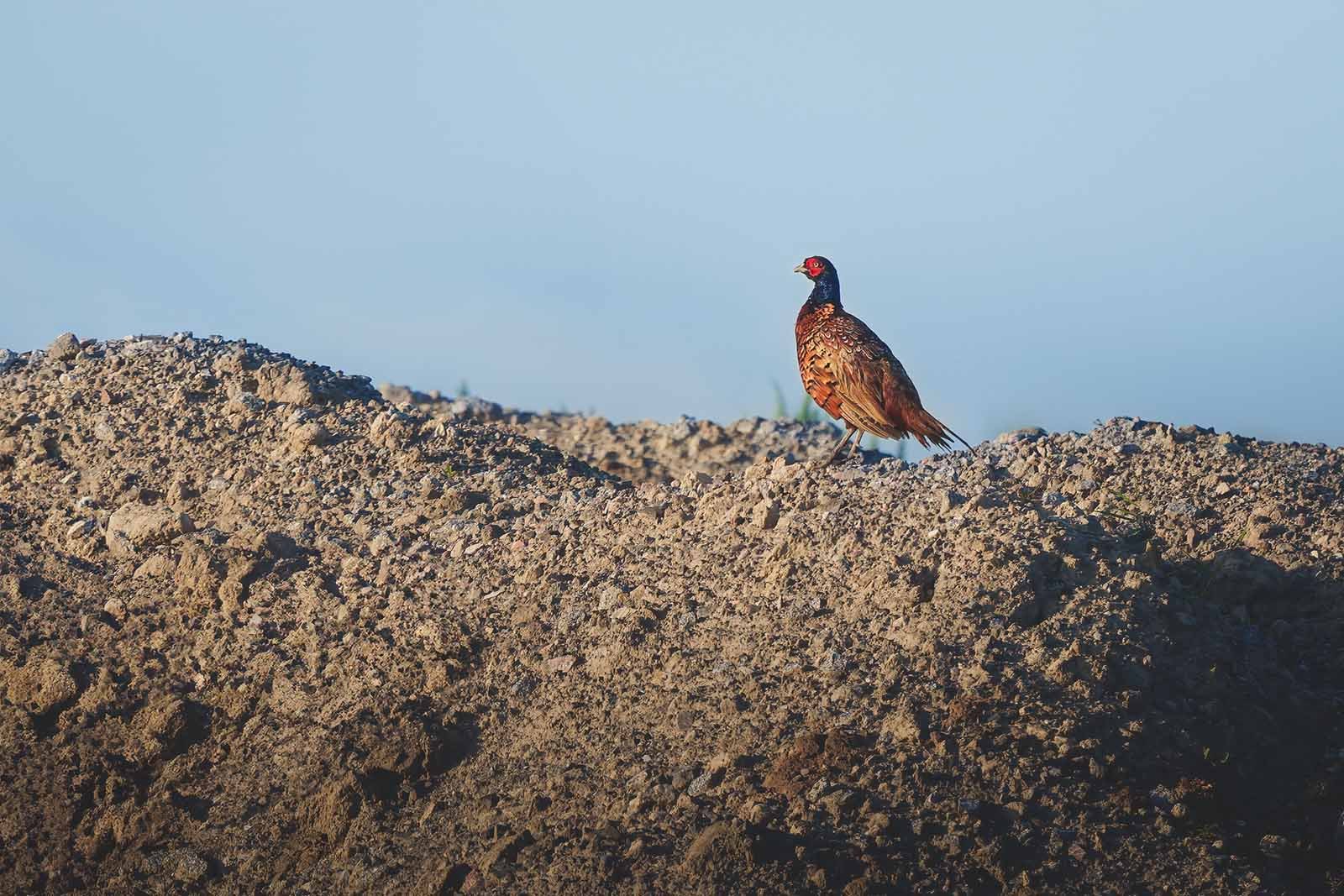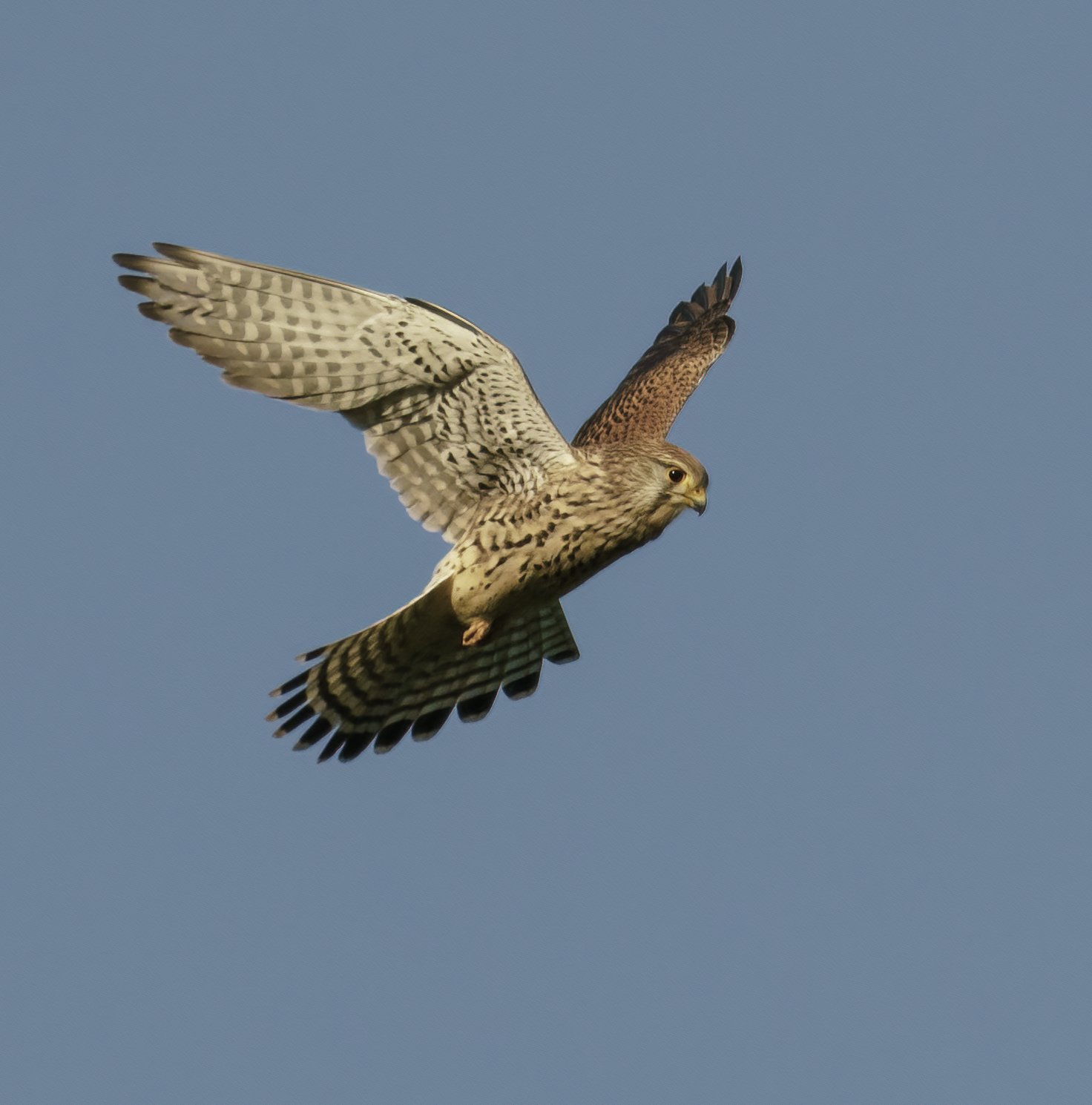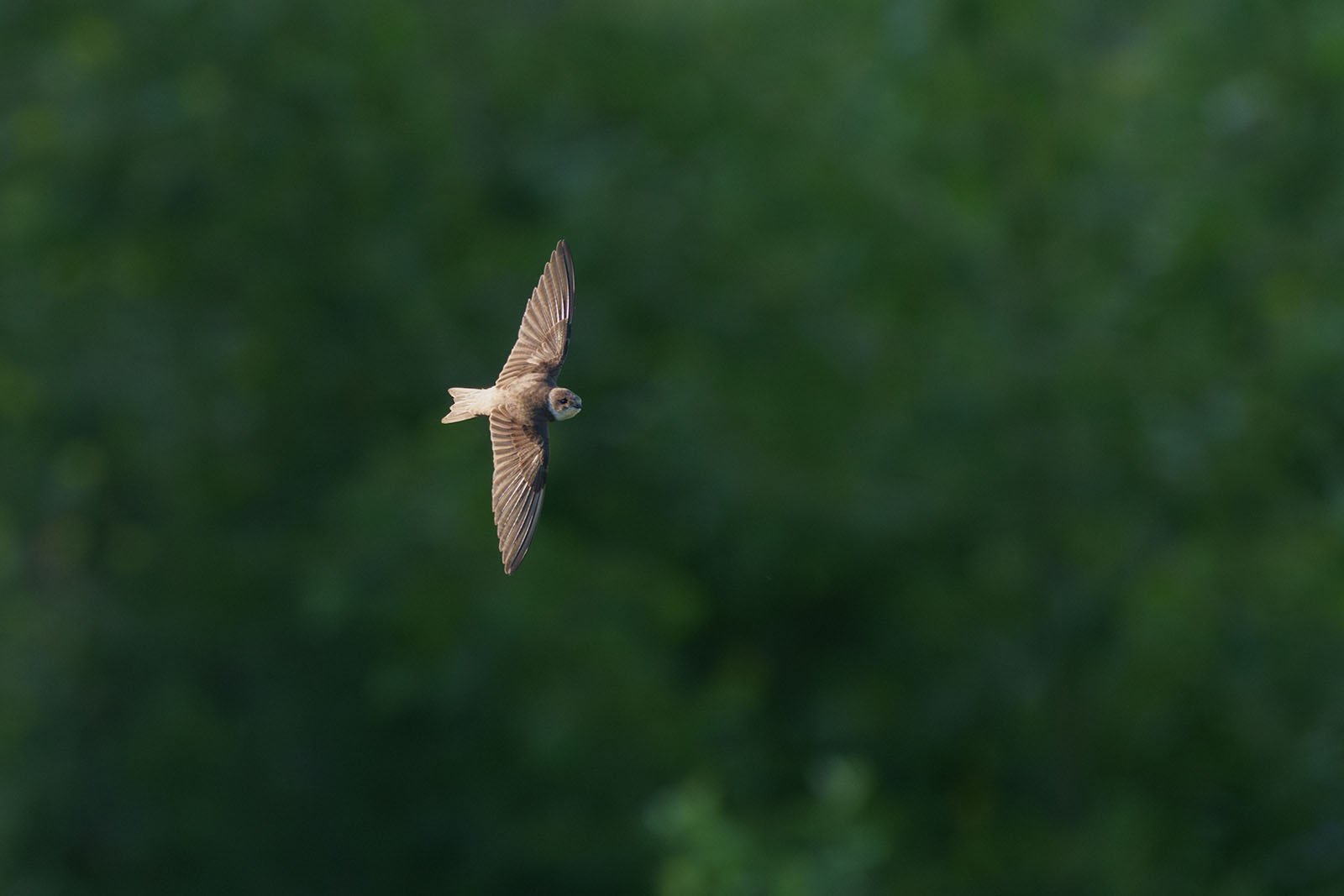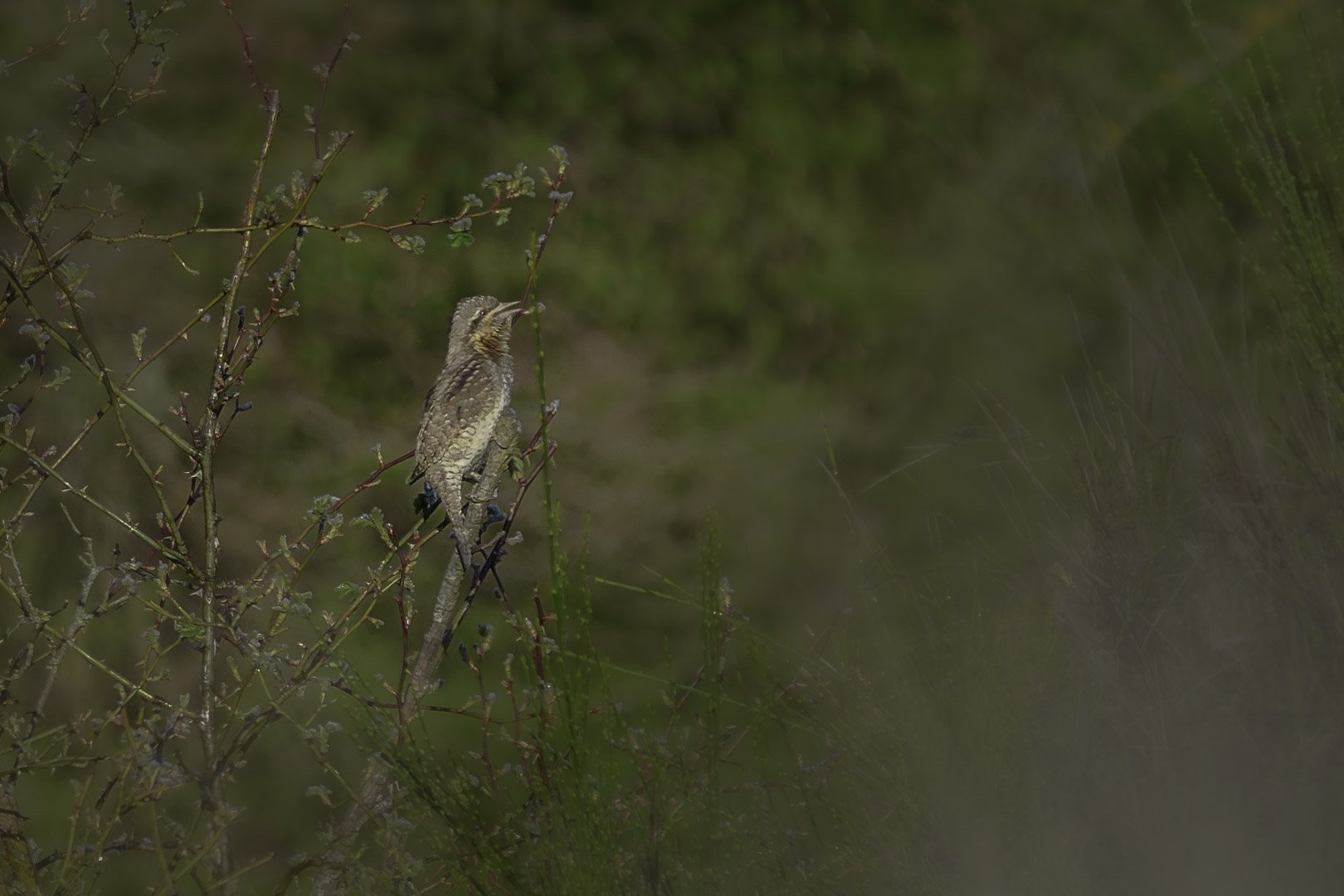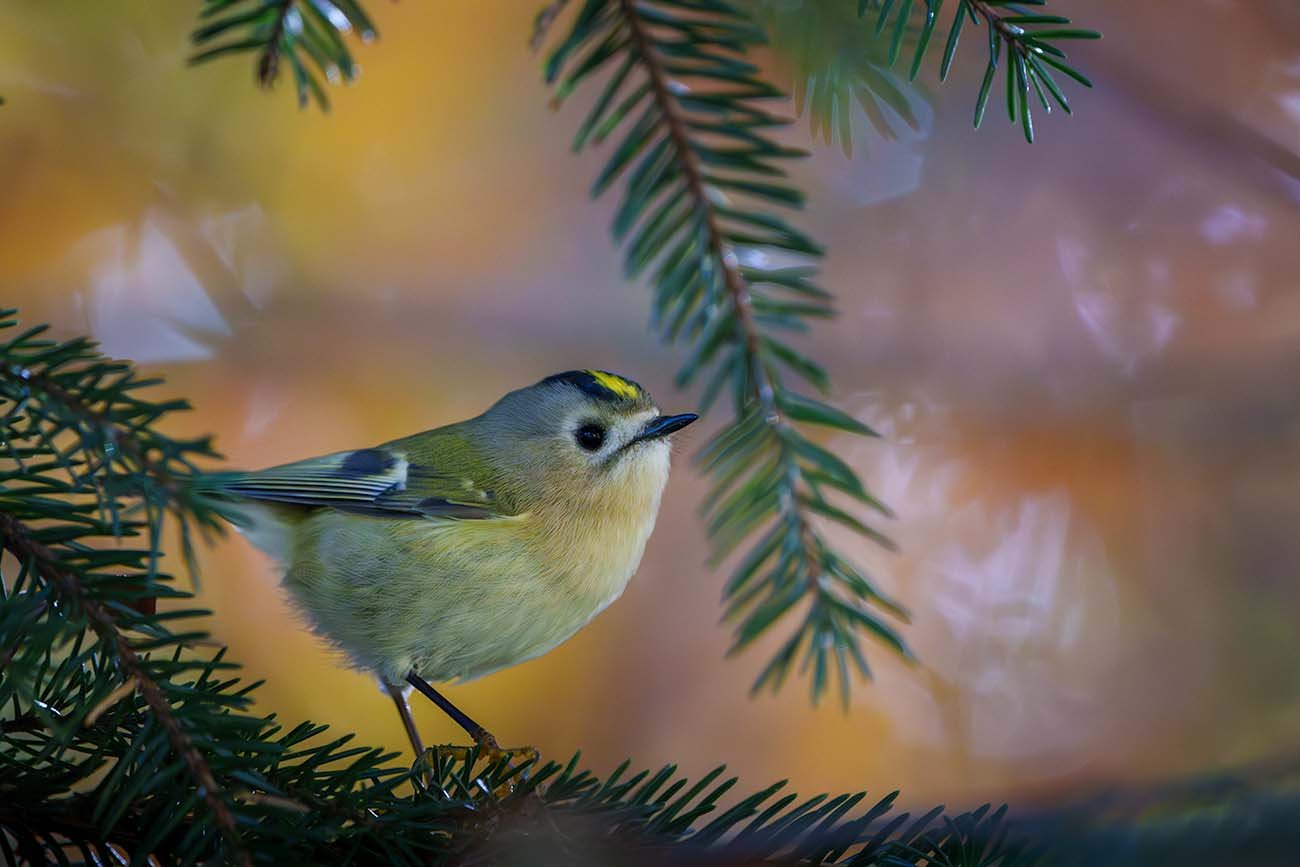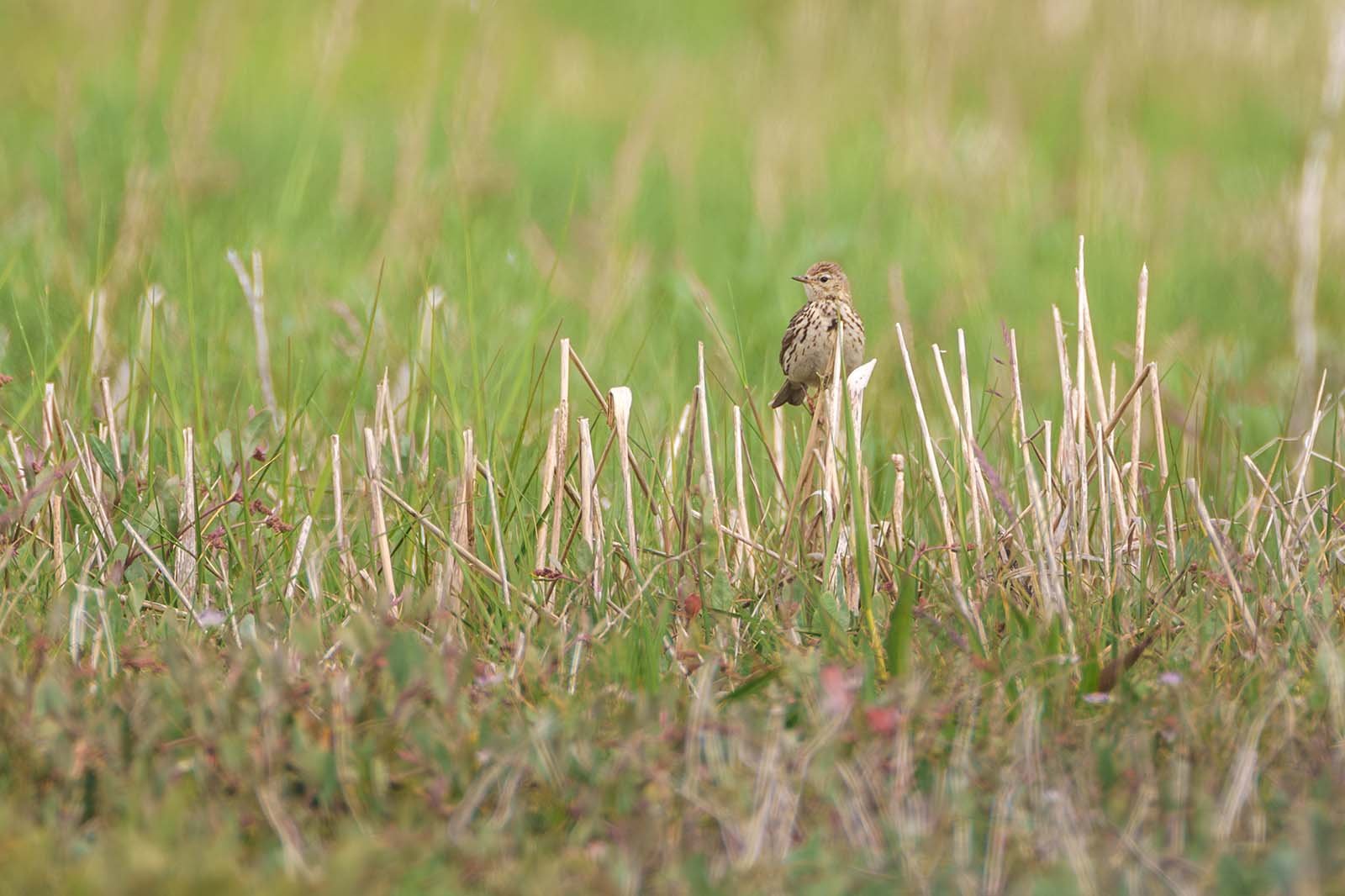Black paradise flycatcher (Terpsiphone atrocaudata)
Prince Paradise Flycatcher (Terpsiphone atrocaudata) - Picture taken on the Izu Peninsula, Japan
Key Data
Size: 35–45 cm, males have tail feathers about 20 cm long, females 17 cm - 18 cm
Weight: 18–19 g
Diet: Insects
Season: Migratory, breeding season from June to September
Distribution: South and Southeast Asia, breeding bird in Japan
Photography Tips
Lens: Minimum 400 mm
Difficulty Level: Difficult
Brief Overview of the Prince Paradise Flycatcher
The Prince Paradise Flycatcher, also known as Sankōchō in Japan, is a striking migratory bird from the flycatcher family. It is characterized by a long, distinctive tail, which in males can reach up to twice the head-body length. Females are smaller and lack elongated tail feathers. Its habitat includes moist forests, primarily in hill and mountain regions. During the summer months, it is primarily found in Japan and has even been designated as the official bird of Shizuoka Prefecture. Other distribution areas include parts of the Korean Peninsula, Taiwan, and the northernmost parts of the Philippines. In winter, many birds of this species migrate to warmer areas such as the Malay Peninsula, certain regions of the Philippines, and Sumatra. The Prince Paradise Flycatcher mainly feeds on insects, which it skillfully catches in flight. Its breeding season is from May to July, with both males and females participating in nesting. The chicks usually fledge 8 to 12 days after hatching. Despite its widespread distribution, populations are declining, mainly due to habitat loss from deforestation. The decline on the east coast of China is particularly dramatic, highlighting the urgent need for further conservation measures for this species.
Description of the Prince Paradise Flycatcher
The Prince Paradise Flycatcher (Terpsiphone atrocaudata), also known as Sankōchō in Japan, is a bird that impresses with its striking long tail feather. It belongs to the flycatcher family and is native to South and Southeast Asia. Particularly, the male is characterized by its long, flowing tail feathers. The Prince Paradise Flycatcher shows a pronounced gender differentiation in terms of size and color. Male specimens of this bird species reach lengths of 35 to 45 centimeters, mainly due to their characteristically long tail, while females typically measure between 17 and 18 centimeters. They have an average weight of about 18 to 19 grams.
The males' black tail feathers are notably elongated and can reach up to twice the head-body length. However, younger male birds lack these elongated tail feathers. The head is black-violet, the belly is dull white, and the back is black-violet. The eye rings and the beak are light blue. The female, on the other hand, presents a dark brown plumage on the back and has no elongated tail feathers. Both genders have a blue, short, and broad beak, surrounded by large blue eyes.
Distribution and Habitat
During the summer months, this bird is found in Japan and has even been designated as the official bird of Shizuoka Prefecture. The preferred habitat of the Prince Paradise Flycatcher includes moist forests, especially in hill and mountain regions. The Prince Paradise Flycatcher is commonly found in wooded areas rich in tall trees and shrubs, as these play an important role in foraging and nesting site selection. It is preferably found in dark forests in lowland and hill regions. During the breeding season, it forms territories.
It is native to various regions of Asia. Its distribution extends from the moist forests in the southern part of the Japanese island of Honshu, through Shikoku and Kyushu to the Nansei Islands, including Okinawa. There are even reports of breeding pairs in Iwate Prefecture, in northeastern Honshu. But also the southern and central Korean Peninsula, Taiwan, and the northernmost part of the Philippines are part of the bird's distribution area. The population in Taiwan tends to be sedentary, while Prince Paradise Flycatchers in other areas are typically migratory.
Their migration route passes through various regions of mainland China, over Hong Kong, northern Thailand, the center and east of Laos, Vietnam, the Philippines, Malaysia, and Singapore. The preferred wintering areas are found on the Malay Peninsula, in the northern and western parts of the Philippines, and on Sumatra.
Diet
Its diet consists mainly of insects, which are caught in flight. With its fast and targeted flight movements, it captures insects in flight. Its diet is primarily made up of flies, beetles, and moths. Additionally, it supplements its diet with small fruits and berries.
Reproduction
The breeding season of the Prince Paradise Flycatcher is from May to July. The eggs are incubated for 12 to 14 days, with both the male and the female nesting. The chicks leave the nest 8 to 12 days after hatching.
Conservation Status
Despite its widespread distribution, its required habitat, particularly due to deforestation, is becoming less and less. This has led to a significant decline in the global population. The situation on the east coast of China, for example, with fewer than 1000 migrating birds seen annually, is dramatic, highlighting the need for further conservation measures for this species.




